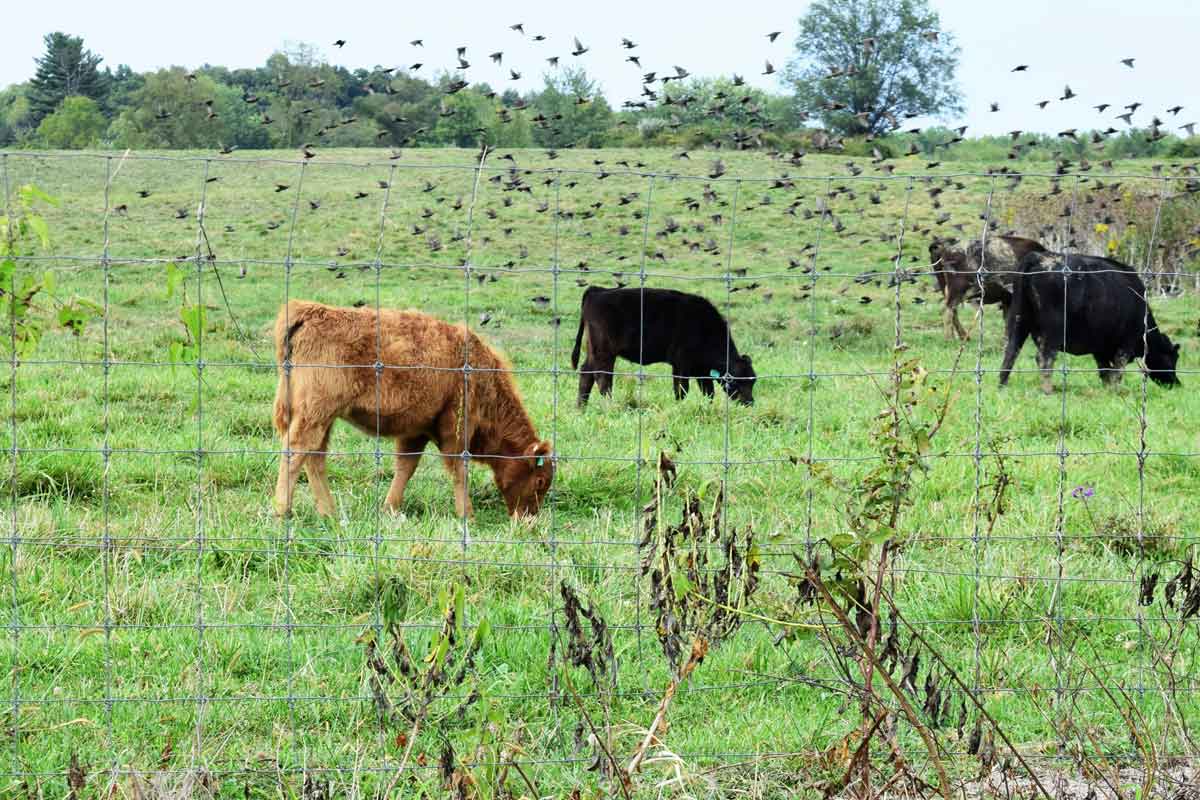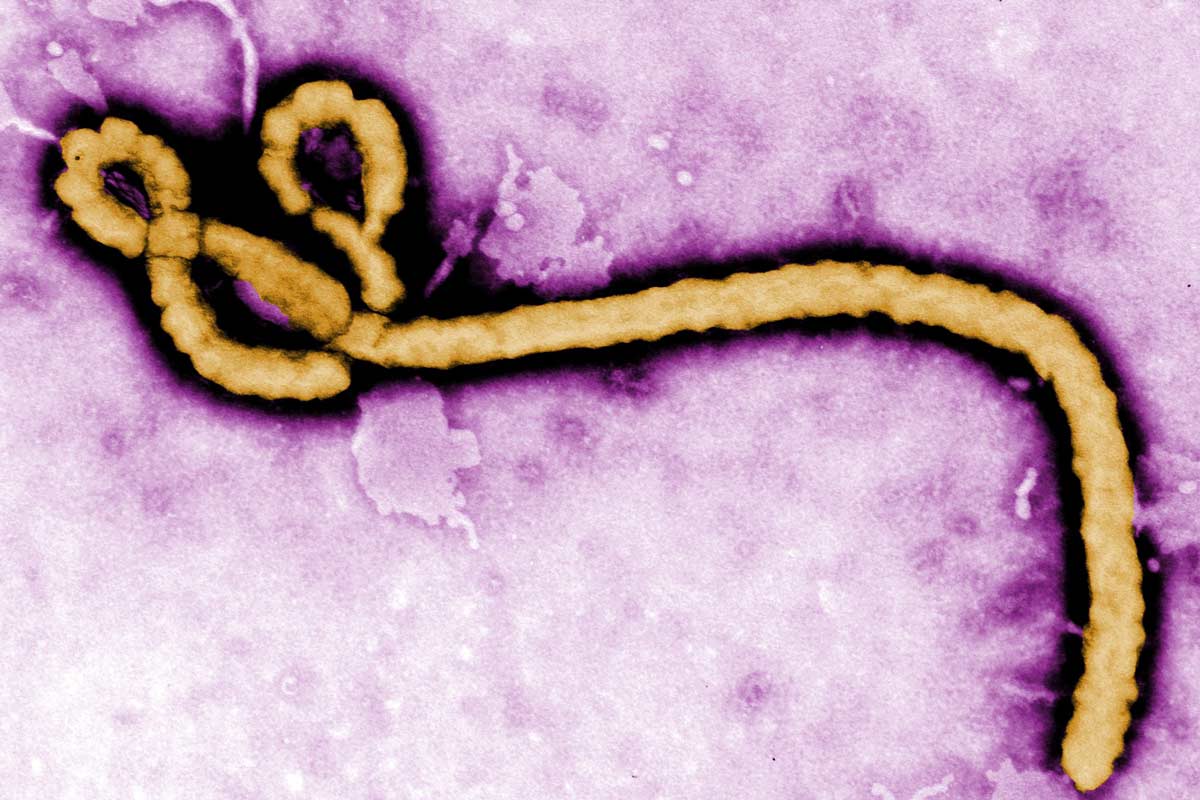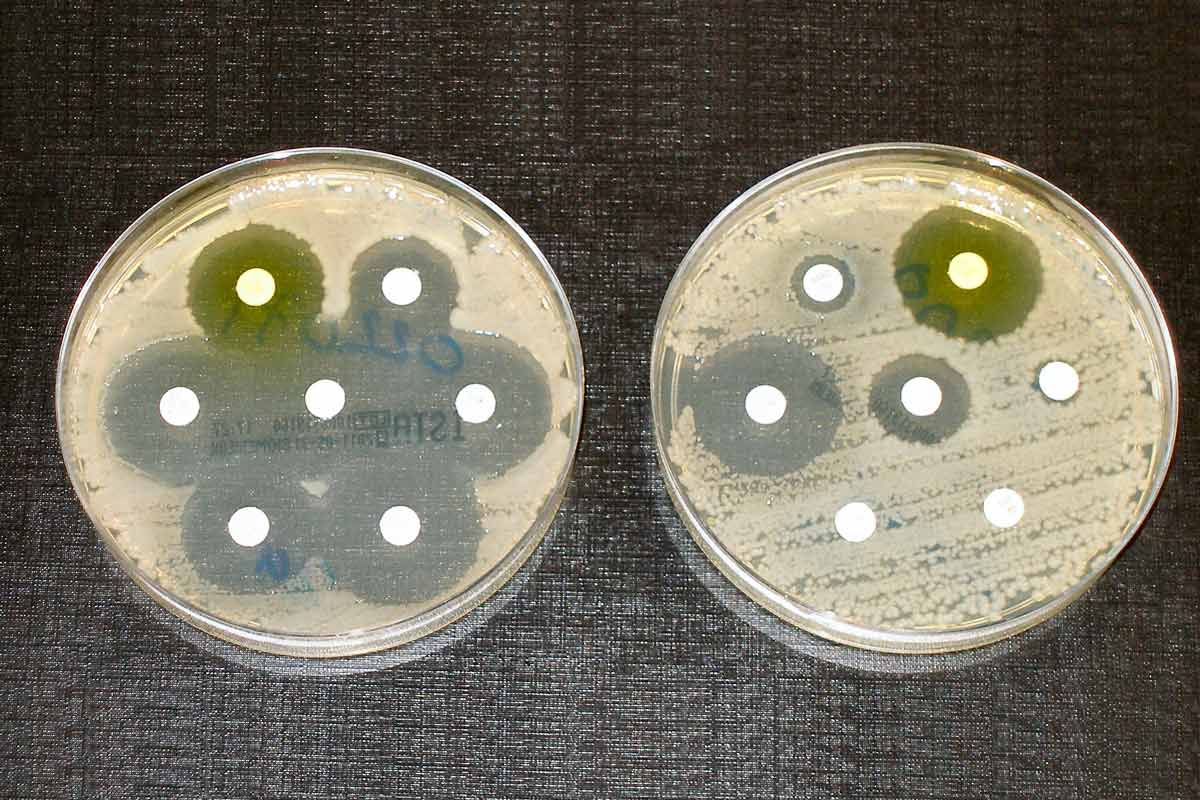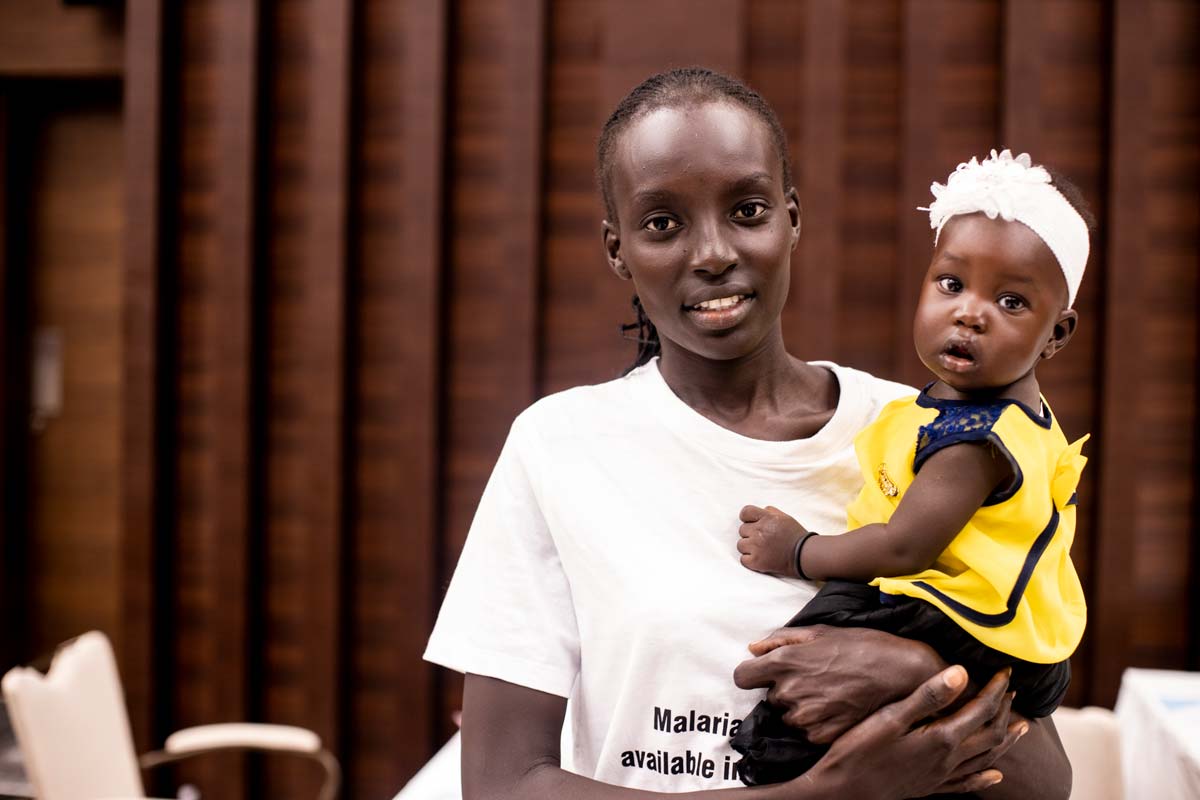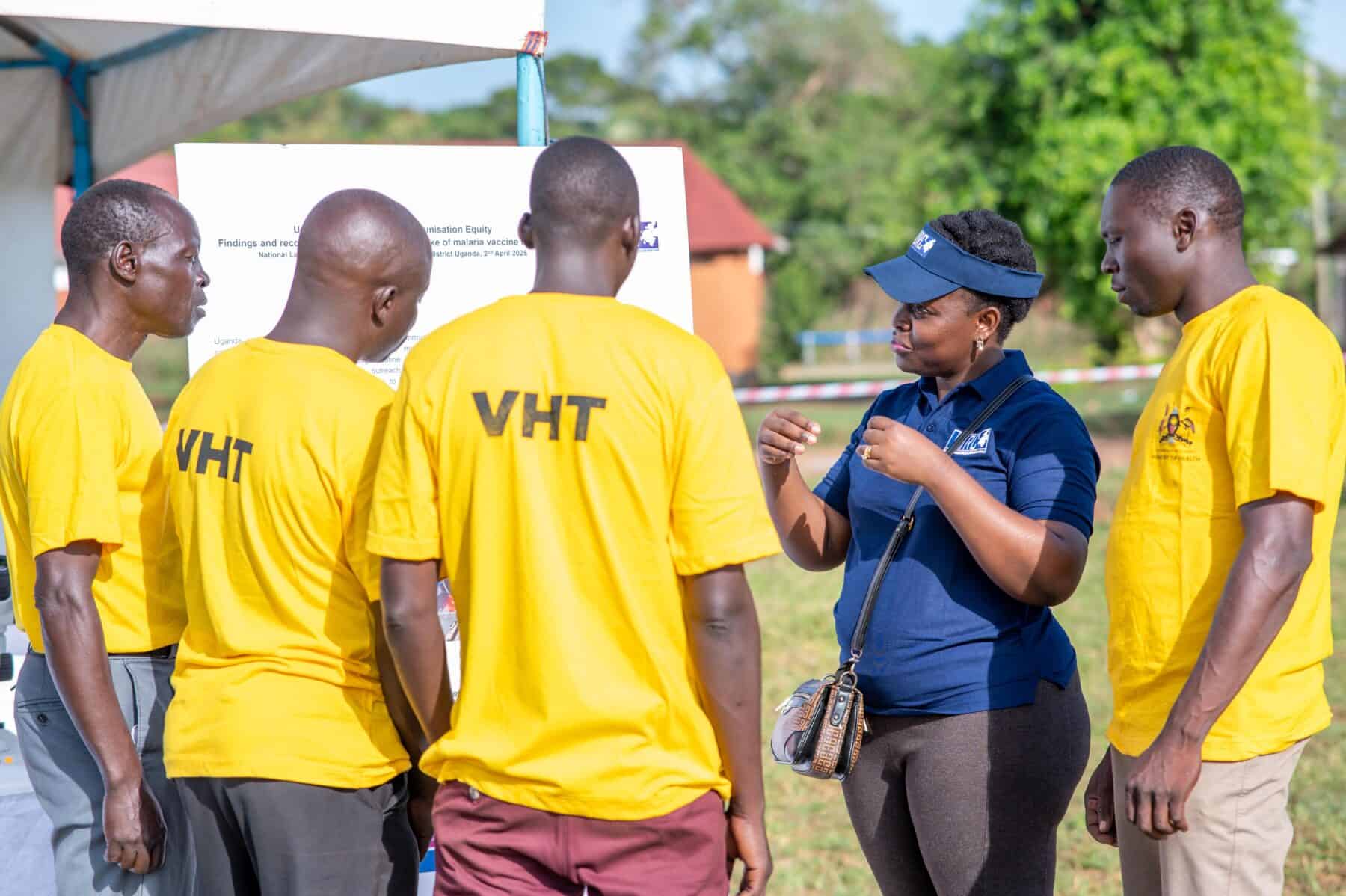How pioneering ocean voyages transmitted diseases far and wide
A study challenges longstanding narratives of rapid and inevitable pathogen transfer across oceans during the days of transcontinental seafaring.
- 25 July 2024
- 5 min read
- by Linda Geddes
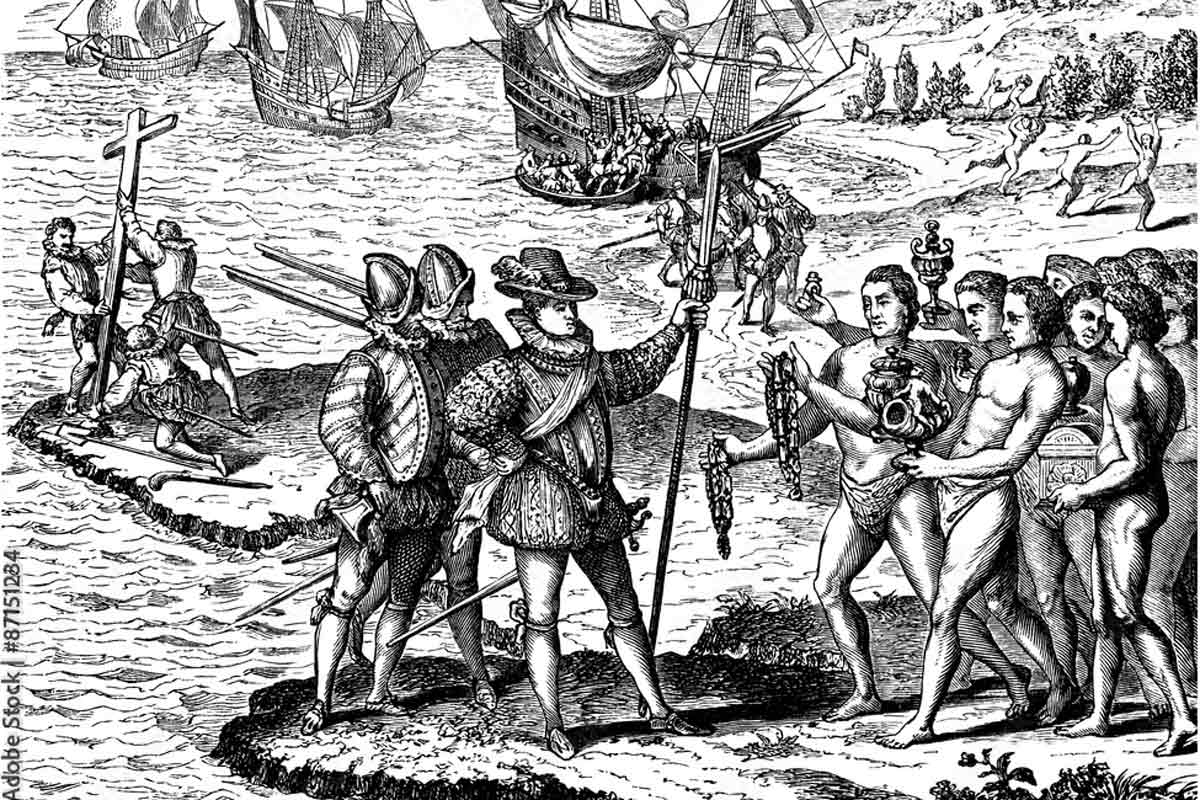
In fourteen hundred and ninety-two, Columbus sailed the ocean blue. The Italian explorer’s arrival in the Americas not only launched a centuries-long period of European colonialism, but ushered in a new era of global pathogen exchange.
Yet, although it is widely assumed that the spread of infectious disease across oceans was rapid and inevitable, new research suggests that it may have taken centuries for certain viruses to become established in new populations – and that the type of ship transferring them mattered.
Elizabeth Blackmore and James Lloyd-Smith at the University of California in Los Angeles, US, set out to better understand how viruses such as the ones that cause influenza, measles and smallpox may have circulated on long-distance ocean voyages, and the factors that influenced their transmission to fresh populations.
[...] although it is widely assumed that the spread of infectious disease across oceans was rapid and inevitable, new research suggests that it may have taken centuries for certain viruses to become established in new populations – and that the type of ship transferring them mattered.
Given the length of these journeys, their suspicion was that such introductions were far from guaranteed.
“As late as the 1850s, a sail voyage from Liverpool to New York City could take 5 to 6 weeks, while journeys from the UK to Australia could take 3 to 4 months,” they said. “Between lengthy periods at sea, short infection generation times, and intense shipboard transmission, fast burning ‘crowd disease’ could rapidly exhaust all susceptible people on board and go extinct long before a vessel reached port, leaving no pathogen to introduce.”
Simulated outbreaks
Blackmore and Lloyd-Smith used mathematical modelling to simulate outbreaks of these diseases in susceptible populations of various sizes and densities, over different journey times.
Their results, published in Proceedings of the National Academy of Sciences, confirmed that introductions of these viruses weren’t inevitable.
Long and crowded journeys increased their likelihood of survival, with smallpox presenting the greatest threat because of the long period between when a person is infected with the virus and them becoming infectious, and the long duration of smallpox infections. Even so, because smallpox is less transmissible than measles, larger numbers of passengers were needed to sustain its transmission during long voyages than when measles was circulating among them. Measles presented a moderate threat of introduction on journeys of all lengths.
Influenza, on the other hand, presented a low risk of introduction, because of its very short incubation and infectious periods, and relatively low transmissibility.
Historic voyages
The authors also used these analyses to model the plausibility of shipborne pathogen transfer across various historic voyages. They estimated a 24% chance of measles or smallpox introduction had Christopher Columbus’s 1492 voyage on the Santa Maria – which lasted 34 days and involved 41 people – left with one infected passenger on board.
Have you read?
Introduction risks were substantially higher on crowded slave ships, such as the Diana, which carried 443 enslaved people and crew from Îles del Los off the coast of Guinea, West Africa, to Curaçao in the Caribbean. Here, there would have been a 61% risk of measles introduction or a 35% risk of smallpox introduction, had one passenger been infected with either virus.
“Our analyses indicate that by far the greatest introduction risk of smallpox and measles – and the only plausible influenza introduction – came from fast, highly populated ships, such as the First World War troop ship His Majesty’s Australian Transit Boonah (1,095 passengers and crew), undertaking a 17-day journey from South Africa to Australia,” Blackmore and Lloyd-Smith said.
“Had this ship departed with one infected person on board, it would have had a 0.5% chance of introducing influenza, an 82% chance of introducing measles and a 91% chance of introducing smallpox to its destination.”
Deadly introductions
Although many stories of disease transfer to indigenous population – such as the introduction of smallpox to Mexico via an infected, enslaved African man on a Spanish ship – have focused on early European seafaring to the Americas, the analysis suggests while such introductions were plausible, they were not guaranteed.
“In these contexts, overall pathogen introduction rates likely depended more on population-side factors – for example, the density of susceptible people, or the rate at which ships departed with infections on board – than on the precise epidemiological parameters aboard ships,” the authors said.
“By contrast, our model shows that early transatlantic introduction of faster-burning pathogens such as influenza were unlikely, as were introduction of any acute pathogen on longer journeys, such as sail voyages to the Pacific.”
Introduction risks were substantially higher on crowded slave ships, such as the Diana, which carried 443 enslaved people and crew[...] Here, there would have been a 61% risk of measles introduction or a 35% risk of smallpox introduction, had one passenger been infected with either virus.
The advent of steam travel in the 19th Century both reduced travel times and increased the frequency of transoceanic voyages, with ships transporting increasing numbers of people and presenting new opportunities for pathogen spread.
Blackmore and Lloyd-Smith said their findings could carry potential implications for understanding how pathogens on Earth could spread to other planets through human space travel. They called for increased collaboration between ecologists, epidemiologists, historians and social scientists to better understand how social, ecological and technological forces combine to shape the spread of pathogens and outbreaks of disease.
